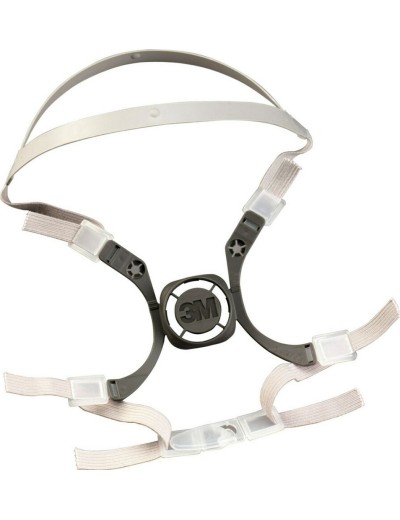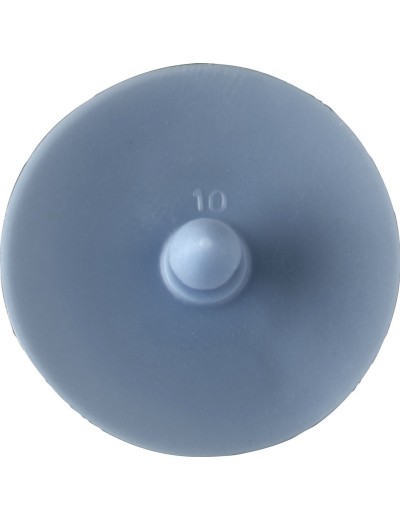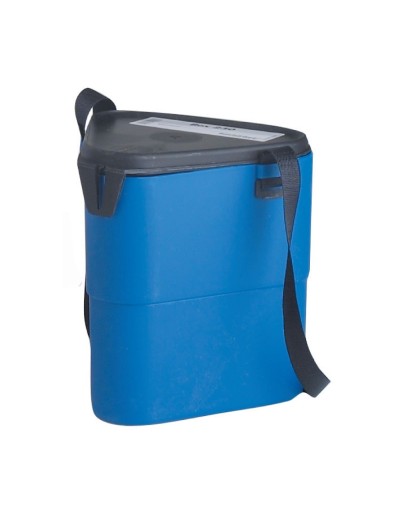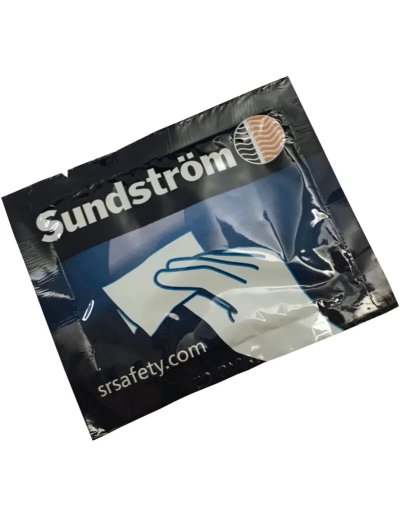- today
- perm_identity Igor z Balticbhp
- label Guide
- favorite 1 likes

|
Balticworkwear Academy - 3 practical tips on using protective masks |
|
Hi, Today I would like to continue a topic that is difficult, important, and often overlooked by users. In a few points, I will tell you what you should and shouldn't do when wearing a protective mask. I'll tell you how to store it safely and effectively and extend its life.
✅ Today, I'm sharing 3 practical tips for protective mask users + a list of products you certainly didn't know about! |
✅ We'll start from the end. How to store the mask and filters? |
|
|
|
Yes, yes, I know how it is. Your mask is probably sitting in your toolbox with filters attached, faithfully waiting for you to pull it out. Those are the facts :) Let's start with the fact that the mask should be properly cleaned, unfolded, and sealed in its packaging after each use. When breathing, a lot of moisture and biological factors accumulate in the mask from the respiratory tract, the environment, and the hands with which you remove the mask. Examples: 👉 sweat and skin sebum 👉 Moisture, water vapor, 👉 Bacteria and viruses living in the respiratory tract 👉 Dust, pollen, and chemicals you work with 👉contamination from your hands (after all, you take the mask off and on, adjust it, put it away) You should remove all of this from your mask after each use. You don't want to inhale it all during your next job, right? 💡 Protip from Balticbhp: ✅ After use, dry the mask to remove water vapor and moisture that has accumulated inside. ✅ Use a mask cleaning wipe (costs a few dozen groszy - up to a few zlotys), it has antibacterial properties and helps maintain hygiene and cleanliness. ✅ You can wash the mask with lukewarm water and a mild detergent (do not use vinegar - it may damage the mask). ✅ After wiping and drying, store it in a mask bag or box. ✅ Silicone masks are much more resistant to washing and detergents than rubber and TPR masks (example: 3M 6000 mask made of rubber - less resistant to detergents and 3M 7500 mask made of silicone - better tolerates washing and detergents). |
✅ How to store protective filters? |
|
Before I write anything, please remember: never store a mask with filters attached. I know that many of you simply put the mask with filters attached in the box after you're done working and forget about it. Now I'll tell you why you shouldn't do that. First, always remove the filters after use, dry them, and store them in an airtight container. Let me give you a simple example. Take a mirror and breathe on them, see how much steam and moisture you produce with a single exhale—and you exhale dozens of them per minute. Don't worry, not everything ends up in the filters, as they are protected by inhalation and exhalation valves, but the filters trap the moisture you exhale and that from the environment. After removing them from the mask, dry them thoroughly—you'll avoid inhaling unpleasant odors, mold, and respiratory irritation. I know you don't want to put the filters on your mask again. But remember that before each use, you still need to check if they're seated properly. They could have come loose when you threw the set on the shelf. Remember that. Dried out filters? Take a ziplock bag and seal them tightly. 💡 Protip from Balticbhp: ✅ Be careful when drying and shaking off dust filters after use - the filters are made of non-woven fabric, the fibers of which can be easily damaged and reduce filtration efficiency. ✅ Never wash or clean dust filters, they are completely unsuitable for this purpose. ✅ You don't have to buy the original mask box, use what you have on hand. It's important that it's clean and tightly seals the mask and filters. ✅ Remember that activated carbon filters contain activated carbon, which absorbs chemicals and odors from the environment. If you leave it loosely unsecured, it's like leaving a carbonated drink without a cap and hoping it won't fizzle out. Don't waste your money, keep the absorber in its packaging. |
✅ Safety checklist - remember these steps |
|
A protective mask and filters are only as effective as they are suited to the task at hand, how tightly the mask fits, and how well all its components function. Below is a shortened checklist of steps I would always perform before and after using a protective mask. Examples: 👉 If the exhalation valve in your mask is faulty (leaks), you're inhaling everything you breathe in or trying to protect yourself using protective filters. Check from time to time if the valve is tight. You can replace it. It costs a few zlotys. The whole thing will take you no more than 1 minute. 💡 Pre-use checklist - time: 30 seconds: ✅ Check the general condition of the mask material for damage, inspect the valves inside the mask and perform a fit test - check if the mask is tight. ✅ Install the filters and absorbers and check that they are properly fitted into the sockets (you will usually hear a click when the filter is properly screwed into the socket. ✅ Adjust your glasses or goggles, if you wear them, so that they do not create an airflow between the mask and the glasses. ✅ Check that no air is escaping from the bottom or sides of the mask. ✅ The mask is ready for use. 💡 Post-use checklist - time: 30 seconds: ✅ After removing the mask, remove the filters and leave them in a safe place to dry. ✅ Dry the center of the mask to remove moisture and water vapor - e.g., with a dry cloth. ✅ Clean the mask tissue ✅ Seal the mask in a sealed bag. ✅ Seal the filters in a sealed bag. |




